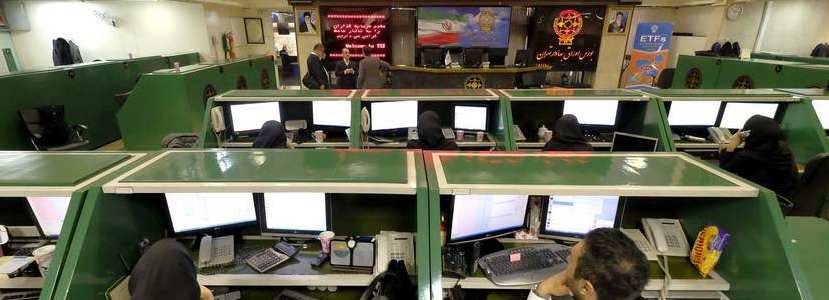
The rising issuance of various Islamic sukuk and, in particular, Islamic Treasury bills in the past three years in Iran is seen as evidence of the success and allure of the Iranian debt market. However, it should be noted that widespread sales of Islamic Treasury bills on Iran’s nascent bond market come at a price.
Perhaps the most important factor contributing to the sales of bonds has been the lack of funds available to President Hassan Rouhani’s Cabinet to pay off overdue debts — mostly inherited from earlier administrations — to private contractors and creditors. As the government did not want to lose its inflationary accomplishment by borrowing from the Central Bank and the banking system, the Islamic Treasury bills market was initially tapped to enable it to fulfill its obligations without raising the monetary base.
But in the Iranian government’s budget for the current Iranian calendar year, which started March 21, the public sector, including government agencies and municipalities, is allowed to issue a significant amount of debt securities. Although this helps state-run organizations sponsor new and old construction and infrastructure projects, as well as pay debts from previous years, it might bring about risk of default for future governments.

